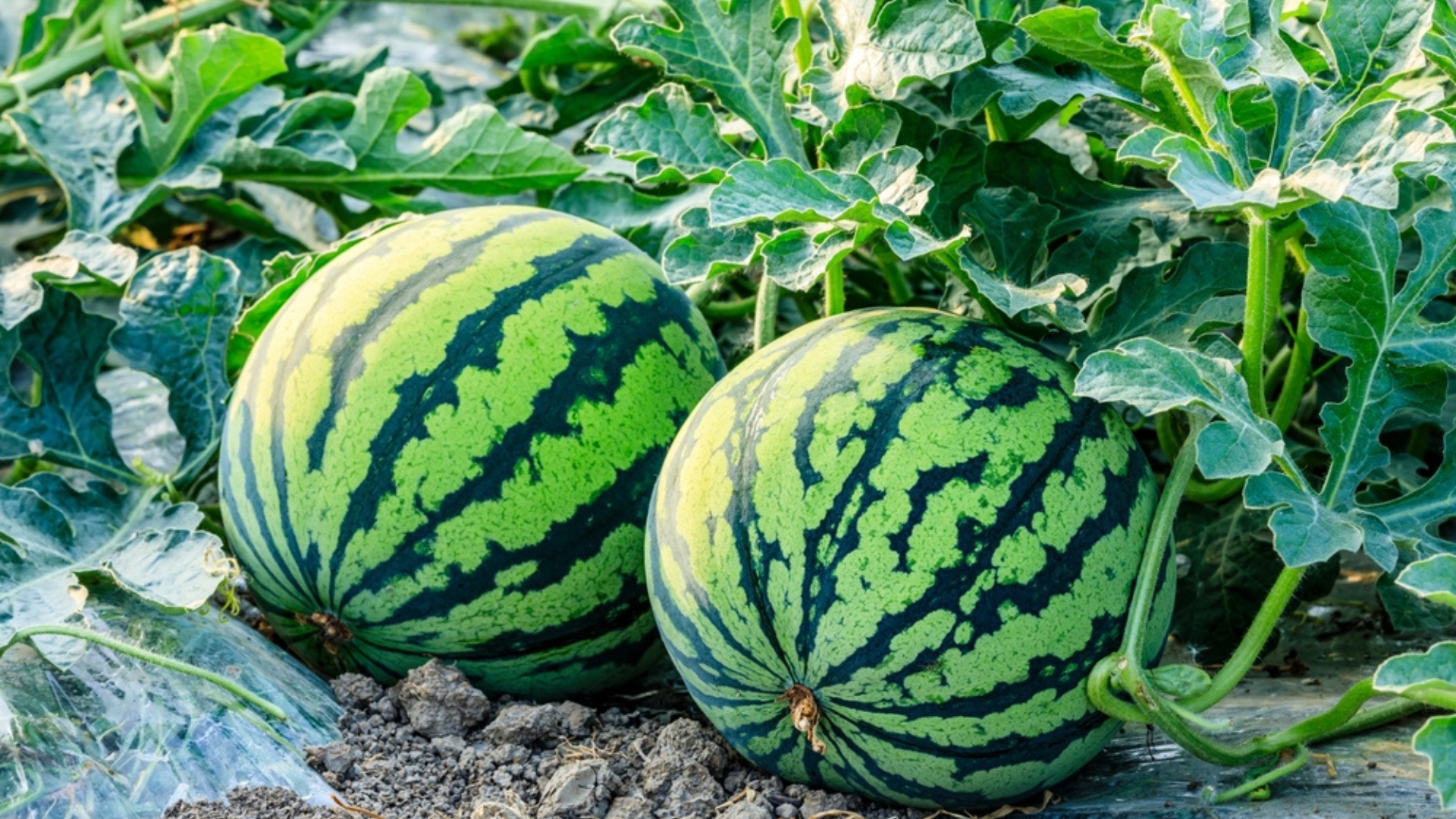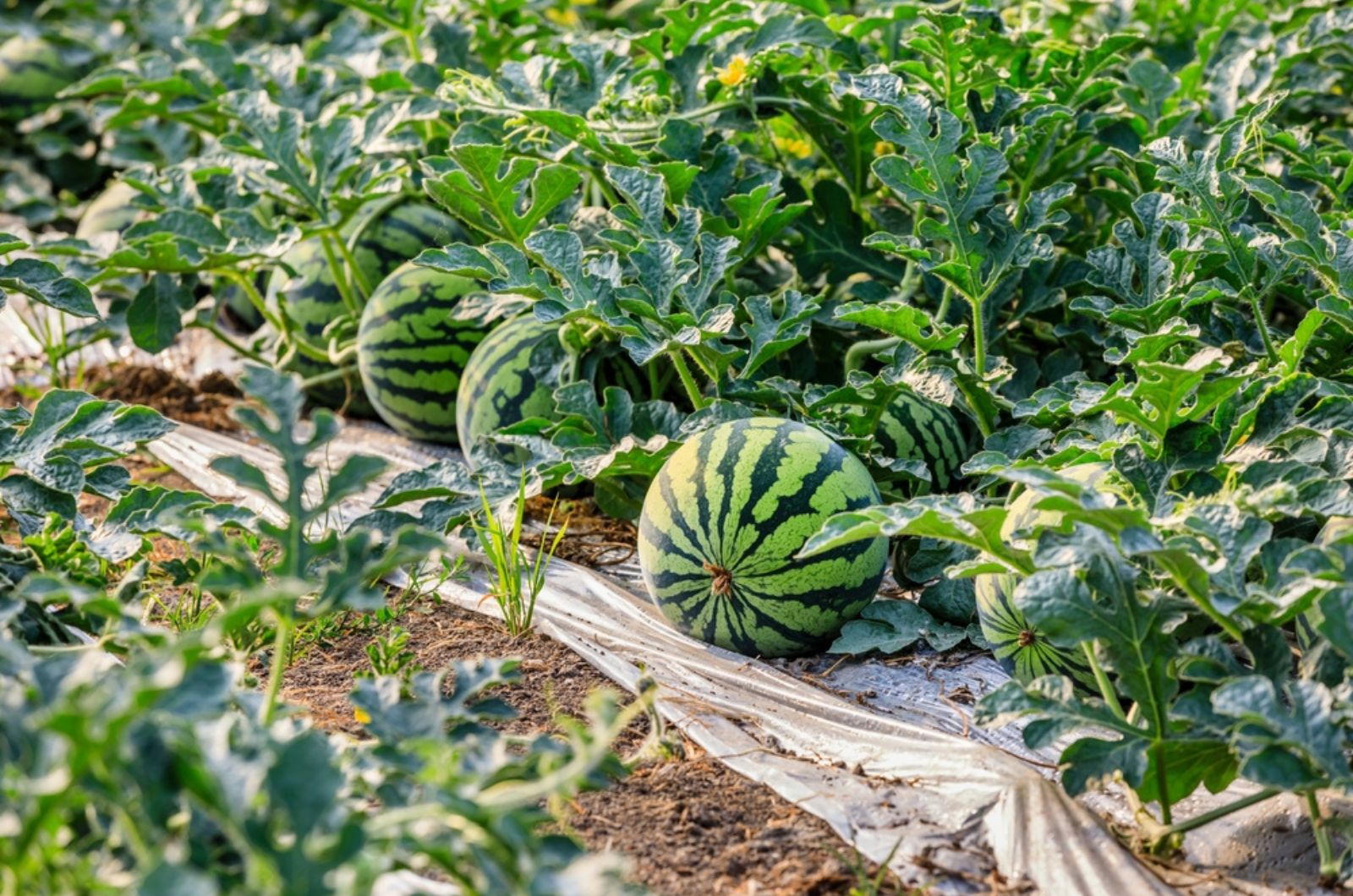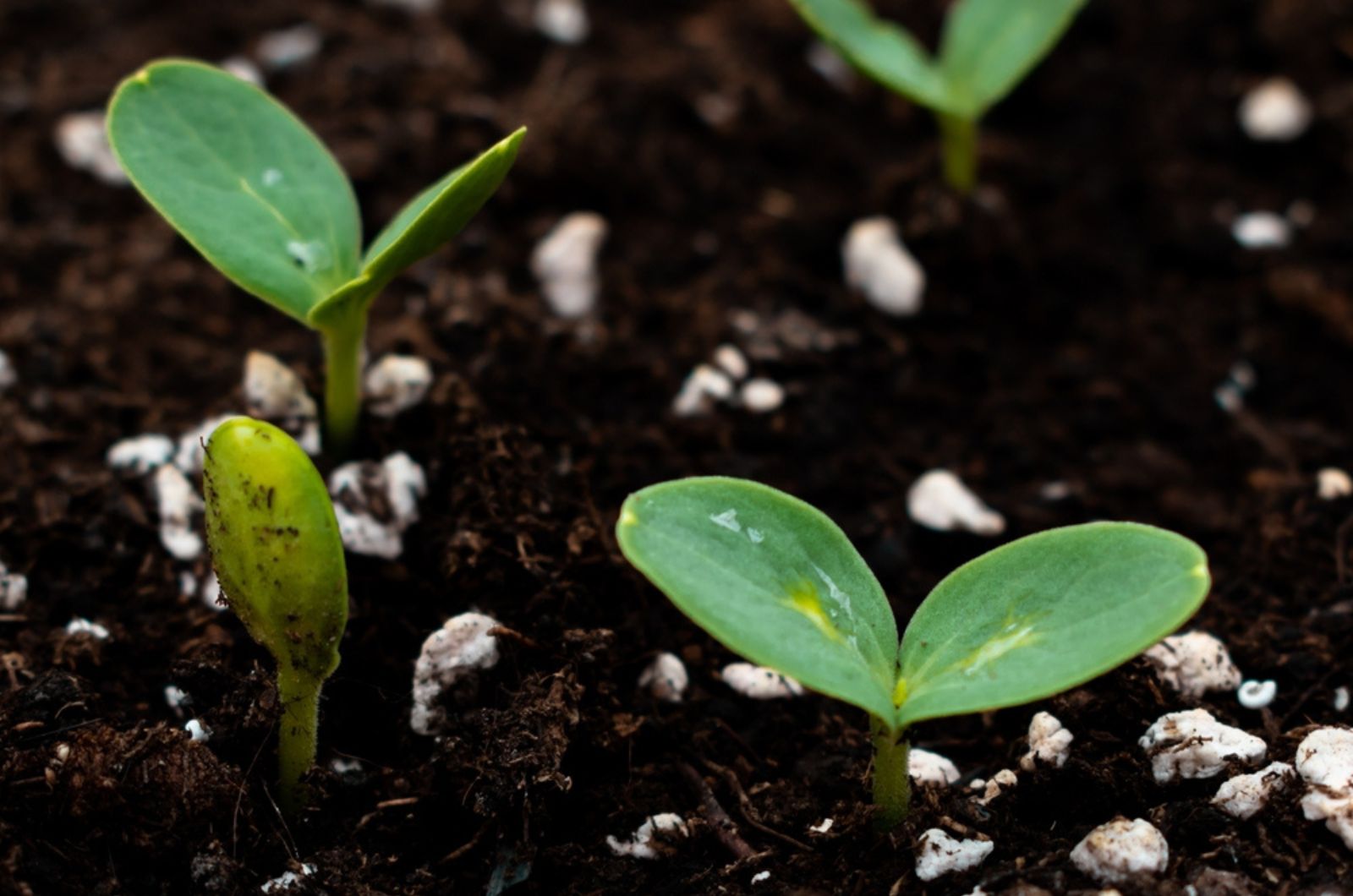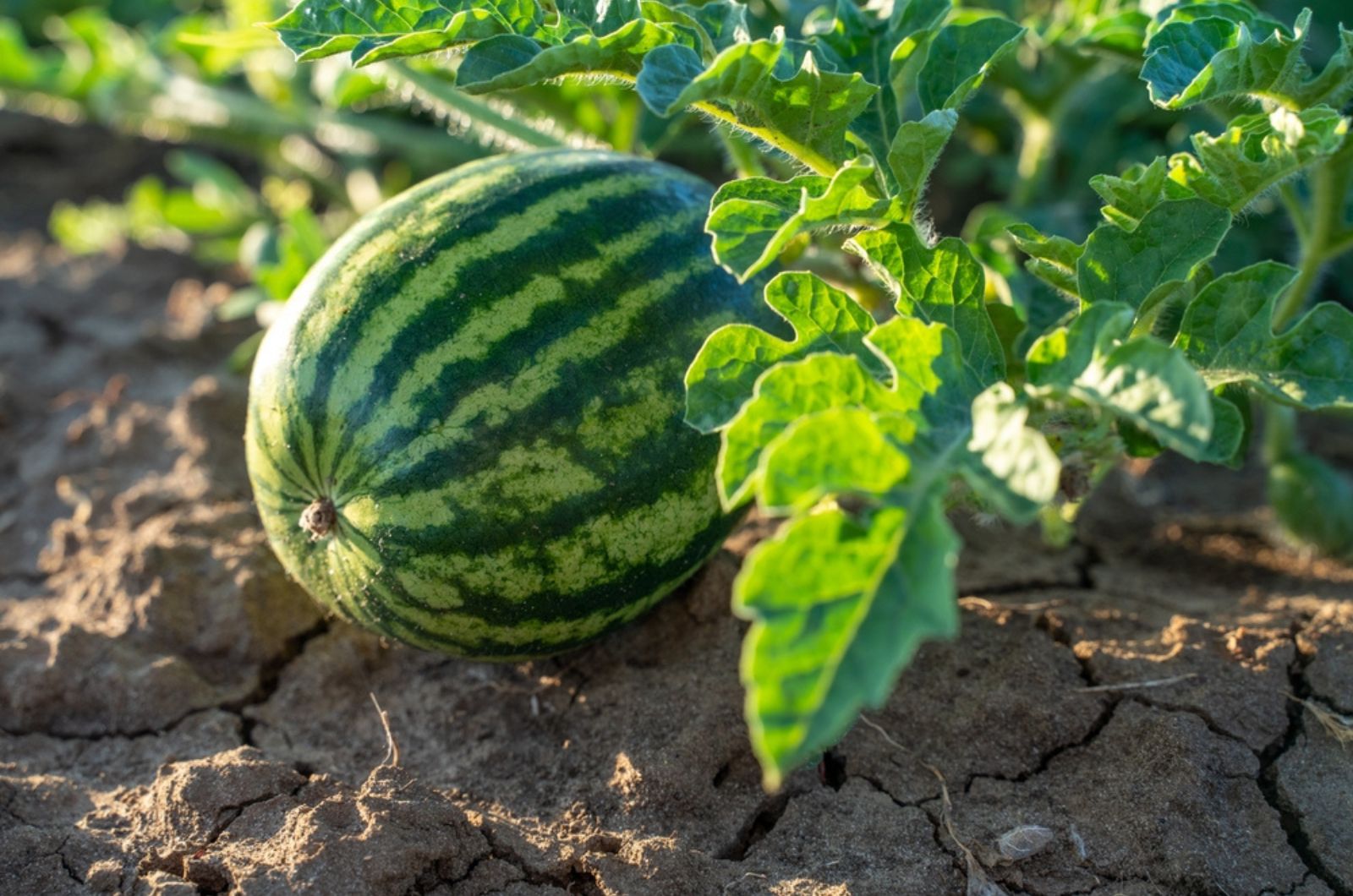Summer is almost here and we’re getting ready for the first taste of homegrown watermelons! However, every gardener who grows watermelons knows they’re a bit fussy over their conditions.
I remember the first time I planted watermelons in my backyard. I did my best to meet all their requirements but the only thing I was interested in was how many watermelons per plant I could get.
Oh, that’s what you’ve been thinking too, right? Well, things aren’t really that simple. If we talk in averages, a single watermelon can produce one to four fruits per season.
But… (there’s always a but) that probably isn’t as specific as you would like.
So, where’s the catch?
The Real Answer Is… It Depends
Ok, that’s even less specific, but this is the only true answer to this question. There are actually a few factors that determine the number of fruits your watermelons will produce.
First and foremost, the type of watermelons you grow will determine the number of fruits. There are a lot of cultivars available, so it’s not surprising that the quality and quantity of harvest varies.
You’ll get more fruits if you grow smaller cultivars, but that isn’t what you should focus on right now.
Understanding the growing season and watermelon growth stages is crucial, especially for beginner growers. For instance, larger varieties need approximately 130 days to mature fully.
On the other hand, bush sugar baby watermelons need around 80 days until they’re ready for harvest.
If you live in cooler climates with shorter growing seasons, you’ll need to go with smaller watermelons.
Finally, you’ll need to ensure all the ideal conditions to maximize the harvest and get as many watermelon fruits as possible.
First, They Need Enough Space
You won’t really see watermelons in every garden, and the main reason is the space these delicious fruits need to grow.
Believe it or not, each plant requires approximately 20 square feet of space to develop fully.
If you plant them too closely, the fruits will be smaller and you’ll get fewer of them.
But there’s still a way to grow watermelons in confined spaces; if you have a small garden, you’ll grow these fruits vertically.
Watermelons are vining species and they’ll do well if you attach them to a trellis or fence. You can either make your own trellis or purchase one. Any option will work as long as the trellis is sturdy enough to support both plants and fruits.
From my experience, the fruits become too heavy and require some additional support.
There’s a hack me and a few of my fellow gardeners use. While the fruits are still young, we put them in pantyhose and attach the stockings to a trellis.
Think of the pantyhoses as a kind of sling that will keep the fruits safe until the harvest.
And These Are The IDEAL Conditions!
Last, but not least, the number of watermelon fruits per plant depends on the conditions you ensure. It’s pretty simple: the better the conditions, the more fruits you get.
No matter how you start your watermelons, whether it’s from seeds or transplants, you need to know that they need high temperatures and don’t tolerate frost AT ALL!
Never plant your watermelons until the danger of frost ends and soil temperatures go over 60 degrees Fahrenheit.
When selecting a location for these vining species, you need to make sure it constantly receives full sun.
The growing substrate must be free-draining and rich in nutrients to ensure enough energy for the fruits to mature. You won’t get a high yield unless these requirements are met!
I always add fertilizer to the soil before planting my watermelons. 5-10-10 is my first choice, and then I switch to nitrogen-rich fertilizer throughout the growing season.
Lastly, you need to give your watermelons enough water. When I compare watermelons to my other plants, they’re definitely heavy drinkers.
A rule of thumb is to ensure approximately 1-2 inches of water every 2 weeks. If you live in hotter climates, you’ll need to stick to 2 inches and vice versa.
Be careful not to overwater your watermelons because you’ll end up with rotten vines and fruits.
One more thing: reduce watering once your watermelons enter the last growth stage to prevent fruits from splitting and improve the flavor.
That’s it! Are you ready to get juicy and incredibly delicious watermelons this season? With our helpful tips and tricks, you’re bound for success!




